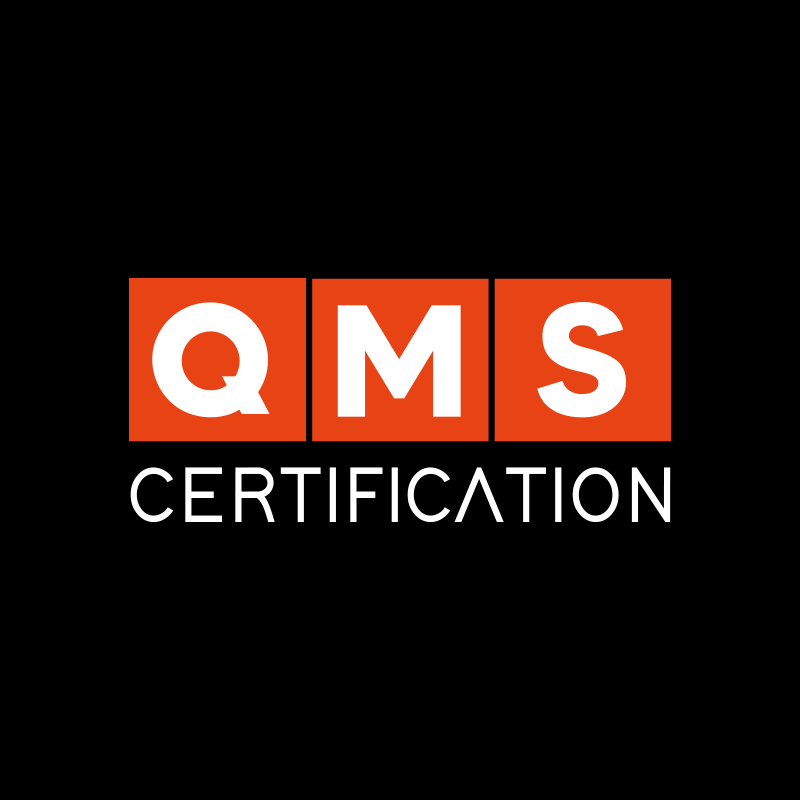There are some common audit mistakes that can turn this highly useful and beneficial process into just another bureaucratic routine. These mistakes can not only hinder your organization but even cause it to lose its certification!
We audit hundreds of companies every year and understand that this is a delicate moment. People may feel uneasy and not fully understand the audit process. However, it’s important to raise awareness and show that audits are normal and beneficial for the company, the management system, and employees’ daily work.
Through a well-conducted audit, we identify improvements, uncover problems, and optimize our processes—something that should be embraced within our organizations. That’s why, in today’s article, we’ll highlight 3 of the most common and critical audit mistakes a company can make!
By the end of this article, you’ll be familiar with these mistakes and learn how to avoid them to achieve the best results possible. It’s worth noting that these apply to audits for any standard (ISO 9001, ISO 14001, ISO 45001, ISO 37001, etc.). Ready? Let’s dive in!
Also read: Tips for a Successful Audit.
1. Trying to Portray a Perfect, Error-Free Management System
Due to a lack of understanding of the audit process, some individuals and companies try to hide errors and conceal nonconformities (NCs). They do this out of fear of consequences or because they believe NCs are something bad for the organization—a big mistake. Nonconformities are normal and a major opportunity for improvement!
Any good auditor knows that mistakes happen and that NCs are part of a management system’s daily routine. No one expects a company to be 100% flawless. What we actually want to see is how those issues and nonconformities are managed by the system—how the organization responds to them.
So, the focus shouldn’t be on hiding problems, but rather on showing proper management of deviations and issues that occur.
2. Leaving Everything Until the Last Minute Before the Audit
Unfortunately, some companies don’t fully understand the purpose of a management system. When that happens, there tends to be a serious lack of planning throughout the audit cycle.
Forms are filled out in a rush, documents are hastily organized, and nonconformities are addressed at the last minute, among other examples. The result of this lack of planning is panic just days before the audit! This is one of the most frequent audit mistakes we encounter.
The right approach is to continuously monitor the management system throughout the audit cycle. That means keeping documentation up to date, handling corrective actions within deadlines, and managing risks and supporting documentation for process execution.
This not only avoids stress and ensures a smoother audit process but also delivers positive outcomes for the organization, since the management system enhances processes and benefits all stakeholders.
3. Keeping the Management System Confined to the Quality Team
Trying to restrict the management system to a small group is also one of the most common audit mistakes. Many companies attempt to centralize all quality-related tasks, such as handling nonconformities or updating documents.
The management system should not be exclusive to one team or person. It runs through all processes and is used by all employees. A procedure, for instance, is not just a “quality document”—it supports a process and must be used by whoever performs that process.
All employees must be aware of the system and aligned with the documented processes. They must be trained and equally responsible for quality management, environmental care, occupational safety, or any other operational routines defined by the organization.
This not only yields better outcomes but also secures your certification. After all, auditors may interview staff from different departments to assess their knowledge of policies, training, and risks. In short: the management system is everyone’s responsibility—not just the “quality team” or the “IMS department.”
Learn more: Types of Nonconformities and How to Address Them.










